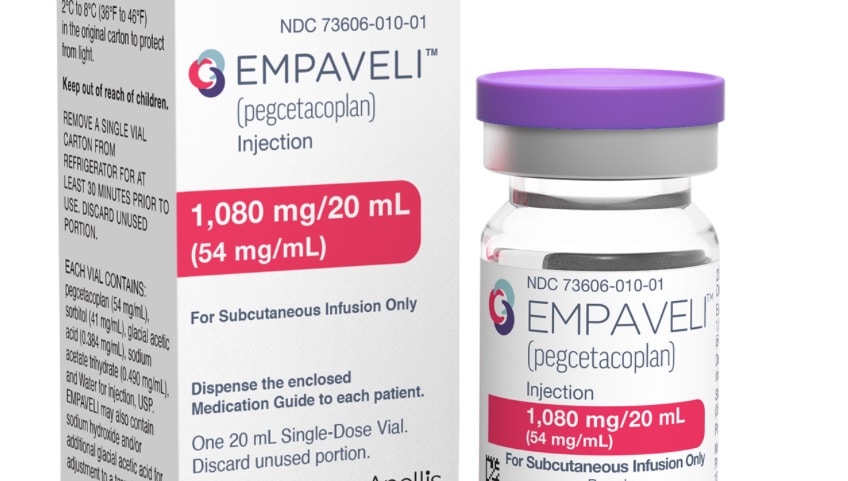
After spending some time with company management, Raymond James analyst Rahul Sarugaser has taken another look at the valuation of DRI Healthcare Trust (DRI Healthcare Trust Stock Quote, Chart, News, Analysts, Financials TSX:DHT.UN) and concluded that there is a distinct opportunity for investors.
“While we value DRI using a NAV of FCF + a premium for its investment platform, DRI management outlined a simple and compelling way to think about valuation: book value + some premium for the spread over cost of capital,” the analyst wrote. “Since going public in 2021, DRI has deployed ~$1.2 bln toward the acquisition of seed assets (see IOC) + new royalty assets, driving a post-depreciation book value of the portfolio of US$911 mln. Given the last closing price of C$16.86 (incidentally, DRI’s 52-wk high) represents an EV of US$870 mln, DRI is effectively trading at its book value, implying that the market believes DRI is buying assets at its own cost of capital (which we conservatively estimate at 11.5%), and ascribes little/no premium for the IRR on its portfolio over this cost of capital. If history is any guide, however—between 2006 and 2018, DRI’s management team has driven levered IRR’s of ~19% on ~$2 bln deployed over three PE funds —we see an opportunity for clients to capture upside value (despite the stock having already more-than-doubled over the last 12 months) as the stock right-sizes toward a premium over book. (We calculate a 34% premium on the current portfolio [ex. future deployments/portfolio], assuming it returns an IRR of 17%.”
In a research update to clients April 8, Sarugaser maintained his “Strong Buy 1” rating and $24.00 price target on DHT.UN.
The analyst thinks DRI will post EPS of $2.52 on revenue of $166.0-million in fiscal 2023. He expects those numbers will be EPS of $2.51 on a topline of $179.0-million in fiscal 2025.
“While DRI’s total pipeline is $3.7 bln, management indicated that the near-term pipeline—deployable within the next 6 months—stands at $1.4 bln, against which we anticipate DRI deploying $150-$250 mln over the next 6 months (well-within the limits of its dry powder, see above),” Sarugaser added. “This said, should management opt to take an accelerated run at its near-term pipeline (with a greater number of high quality deals precipitating than expected; 6-10% conversion rate, historically), we think it’s reasonable that DRI would tap the equity markets in the nearer term. This said, we would only expect management to do so from a position of strength, wherein DRI has clear line of sight on multiple accretive deals, so we argue that any anticipated equity raises should be seen as accretive rather than cause for a discount/overhang on the stock.




 Share
Share Tweet
Tweet Share
Share




Comment